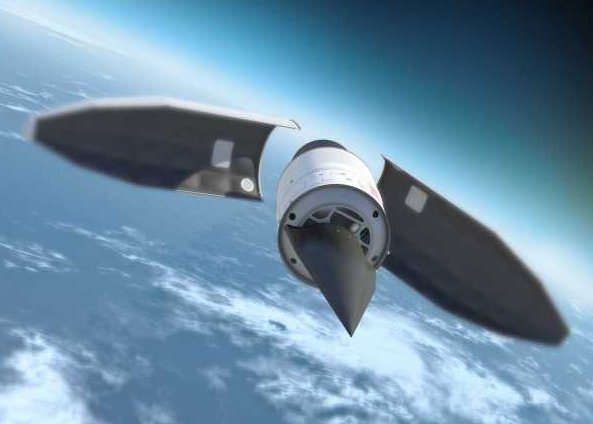Pentagon scientists on Friday acknowledged they were puzzled by the failed flight test of an experimental hypersonic plane and said they were trying to understand what went wrong.
About nine minutes after separating from a rocket Thursday, researchers lost contact with the unmanned aircraft, a prototype global bomber designed to travel at 20 times the speed of sound.
“More than nine minutes of data was collected before an anomaly caused loss of signal,” the Defense Advanced Research Projects Agency (DARPA), the US military’s research arm, said in a statement.
“Initial indications are that the aircraft impacted the Pacific Ocean along the planned flight path,” it said.
The Falcon Hypersonic Technology Vehicle (HTV-2) is part of “Prompt Global Strike” — a US military effort to develop bombers that can strike targets with conventional weapons anywhere on the planet within minutes.
Thursday’s flight marked a second disappointment for the project. Researchers lost track of the aircraft minutes after it separated from a rocket in a test flight last year as well.
“Here?s what we know,” said Major Chris Schulz, program manager for the HTV-2.
“We know how to boost the aircraft to near space. We know how to insert the aircraft into atmospheric hypersonic flight. We do not yet know how to achieve the desired control during the aerodynamic phase of flight,” he said.
“It?s vexing; I?m confident there is a solution. We have to find it,” the Air Force officer said.
“We’ll learn, we’ll try again. That’s what it takes.”
But DARPA said that trying to manage “high-Mach flight in the atmosphere is virtually uncharted territory.”
The research agency said a team of experts would analyze flight data and address the main technical problems, which it described as aerodynamic, aerothermal, guidance, navigation and control.










